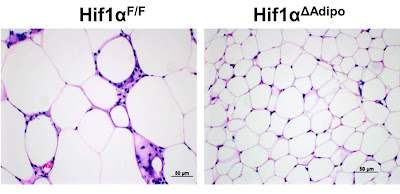Peroxisomes torn from the chain, how to tame them?

In the previous post , I showed you a mouse study that clearly shows that turning on pseudohypoxia, that is, activating the transcription factor HIF-1α in adipose tissue, triggers obesity and other metabolic problems. I have shown that one of the main triggers is the accumulation of succinic acid (succinate), one of the intermediates of the TCA cycle. If there are any problems with the TCA cycle (obtaining energy through oxidation), succinate builds up and triggers the HIF-1α rescue mechanism , fat cells get bigger and stop working properly. So the question is how to prevent this? How to reduce the risk of succinate accumulation? How to ensure stable and sufficient breakdown of succinate, i.e. the activity of succinate dehydrogenase (SDH)? Succinate content increases with increasing omega fat oxidation in peroxisomes (here added dicarboxylic acid DCA12). One of the main sources of succinate during fasting, i.e. between meals, are organelles called peroxisomes. They are bound directly

